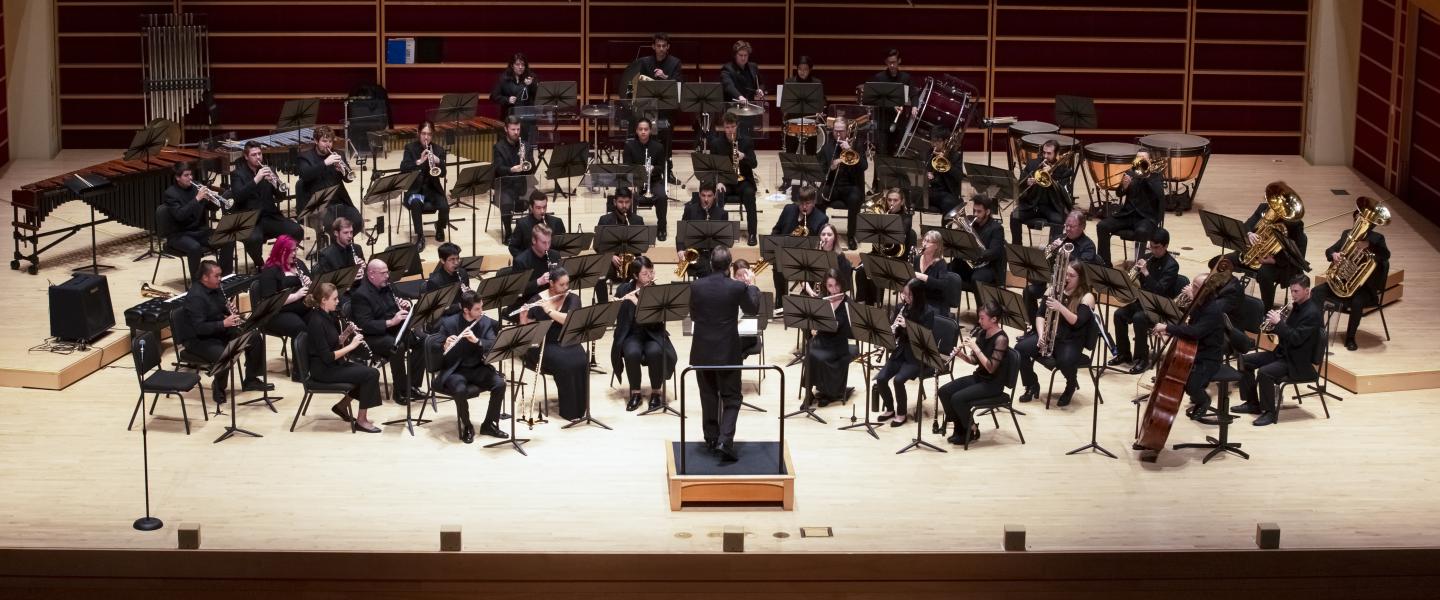Here's the full, searchable list of music courses. Use the two submenus to search by Course Rotation or Semester.
An intensive study, for Music majors, of the history, theory, or research methodology of a specific topic in music. May be repeated for credit under different subtitles.
Intermediate Level class in piano with emphasis on classical music.
Continuation of 309A with more advanced studies of keyboard classical music.
This course incorporates the concepts from Music Theory I and II. In addition, through analysis from the macro to the micro large-scale form, orchestration, motive identification and tracking, detailed harmonic progression (sonorities, functions, and modulation types) are studied. Variation techniques, binary and ternary forms, sonata forms, and contrapuntal forms are included in the study of such composers as Bach, Mozart, Beethoven, and Mahler. Use of music notation software. A concurrent laboratory experience in ear training and sight-singing including melodic, harmonic, and rhythmic dictation is required. See Ear Training III.
A continuation of MUS 212. Study of advanced melodic and harmonic materials commonly used in jazz. Application through arranging projects for small (saxophone ensemble) and large (big band) jazz groups.
An exploration of the fundamental practices or arranging for choral ensembles. Students will create arrangements for a variety of choral settings with and without accompaniment.
An exploration of fundamental techniques of instrumental and choral arranging. Students will develop familiarity with instrumental and vocal ranges, transpositions, the characteristic sounds of different families of instruments, and various tone color combinations. Students will create arrangements for a variety of ensembles.
This hands-on course complements vocal instruction and theatre arts classes through diction training. Students will learn to use the "International Phonetic Alphabet" to help them analyze and transliterate English and dialects for the stage, Italian and English songs, and arias.
A continuation of MUS 315. Students will learn to use the "International Phonetic Alphabet" to help them analyze and transliterate songs and texts in French and German.
Continued development of sight-singing and dictation skills. Techniques include solfa using moveable do and drills in rhythm and meter, intervals, triads, and full melodies. Emphasizes broad listening skills and memory through frequent melodic and harmonic dictation exercises. Through examples from the 18th and 19th centuries the course will explore modes, chromatic melodies and harmonic progressions, secondary dominants, and modulation.

